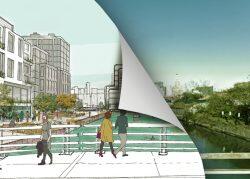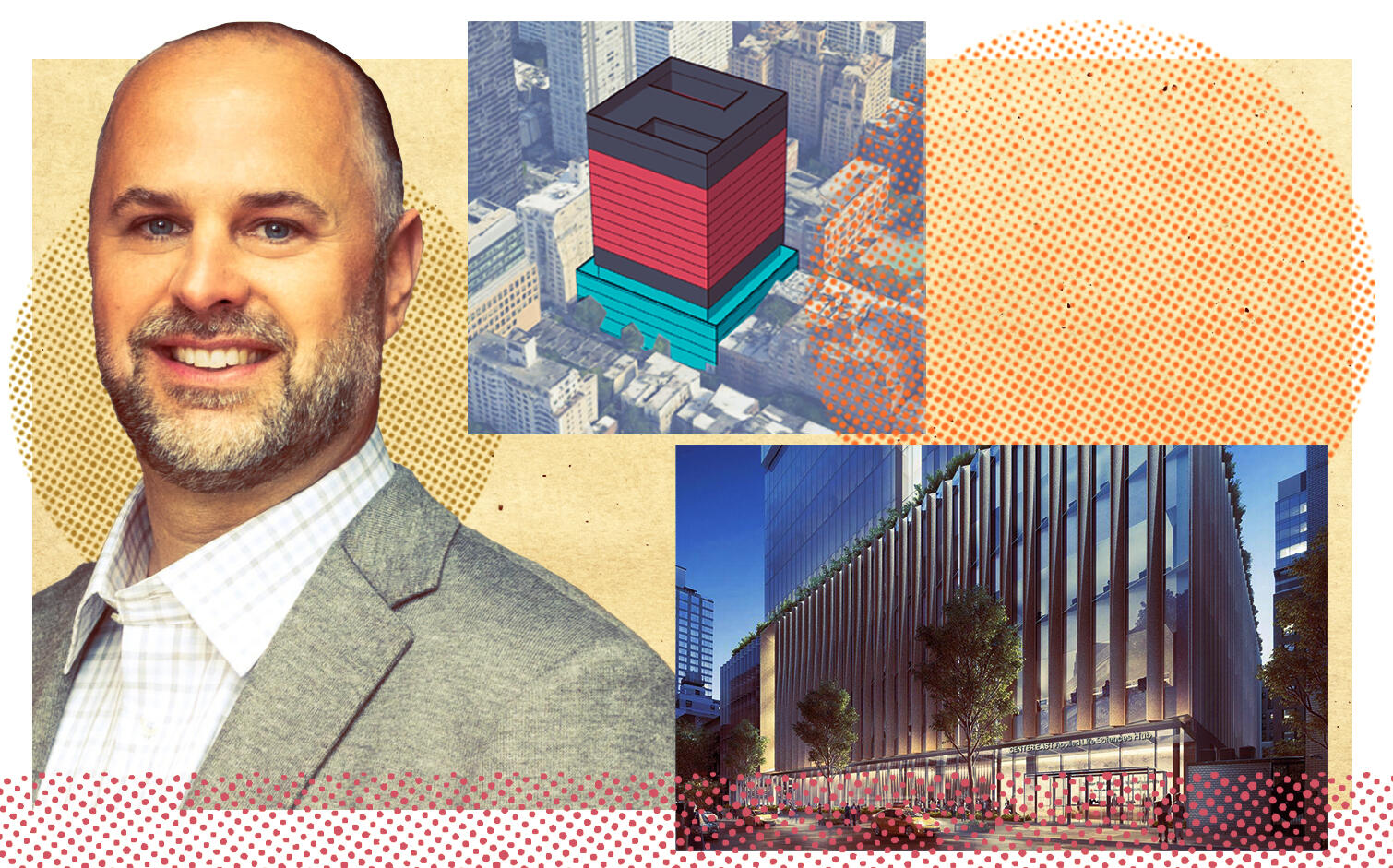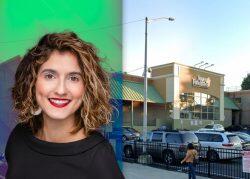 City Planning gives Gowanus rezoning the go-ahead
City Planning gives Gowanus rezoning the go-ahead
Trending
Blood Center rezoning on Upper East Side approved
Proposed 600,000-square-foot campus will get City Council consideration

A controversial plan to expand the New York Blood Center in the Upper East Side has advanced through the City Planning Commission.
The commission voted 8-to-2 in favor of rezoning for the Center East project. The City Council will consider the proposal for the 600,000-square-foot life science hub, according to Real Estate Weekly.
The Blood Center, located at 310 East 67th Street, is aiming to build a state-of-the-art facility that will play a major part in the city’s life science innovation. The three-story headquarters would be replaced by a 334-foot building.
New facilities would serve as offices and labs for the Blood Center, as well as for other life science firms and medical partners.
“Our vision for a state-of-the-art life science facility will not only ensure the nonprofit Blood Center continues to provide safe, affordable blood services to the region’s hospitals, but enable the center to significantly expand its life-saving research on COVID-19 and blood-related diseases in collaboration with institutions and biotechnology partners all under the same roof,” said Rob Purvis, an executive vice president with the Blood Center.
The hub is being developed with Longfellow Real Estate Partners.
The project is facing some fierce pushback, including City Council member Ben Kallos and the community around the Blood Center.
A major point of contention has been the size of the building, which prompted the rezoning proposal through the ULURP process. The maximum height of buildings in the area is 75 feet high, meaning the proposed tower would more than quadruple that mark. The proposed height sparked complaints the building could cast shadows over a nearby school and park.
Another point of criticism focused on the perceived lack of transparency surrounding the facility’s potential work. The lab is expected to process microbes “indigenous or exotic, and they can cause serious or potentially lethal disease through respiratory transmission,” according to the CDC.
Read more
 City Planning gives Gowanus rezoning the go-ahead
City Planning gives Gowanus rezoning the go-ahead
 Bronx development files late, and local pol claims credit
Bronx development files late, and local pol claims credit
[REW] — Holden Walter-Warner




